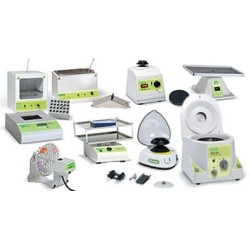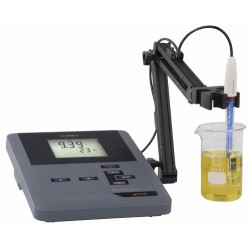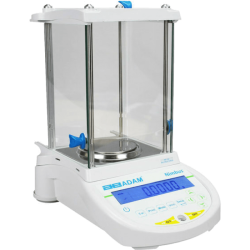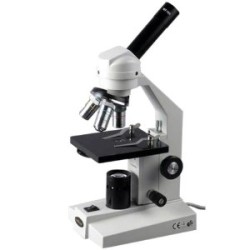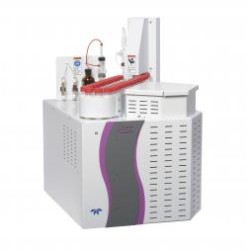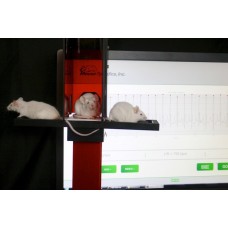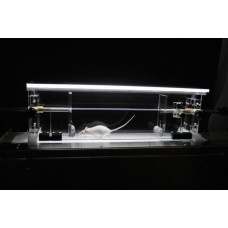Heart Monitoring ECGenie
Heartbeats and heart rate studies are often considered synonymous to one’s well-being. But have you ever wondered about the heart rate of the animal you are working with? Ever thought how easy it would make clinical trials if you could know how a particular experiment or a drug is affecting the mouse under consideration at all times? ECGenie as a platform helps to get us that exactly!
Just like Electrocardiographs of a person helps us study the changes in their heart rate as opposed to time and conditions. ECGenie does that for mice models. Designed in an extremely user friendly pattern it very conveniently helps us study our animals from the aspect of the heart rates. It finds its application in the studies related to arrhythmia detection, health monitoring, and drug screening in fragile transgenic and knockout animals.
The ECGenie is a rapid non-invasive solution for recording electrocardiograms (ECGs) in awake mice, rats, and guinea pigs. Applications include arrhythmia detection, health monitoring, and drug screening in fragile transgenic and knockout animals, including newborn pups.
ECGenie records the cardiac electrical signals at 2 kHz to provide optimal fidelity in describing the rapid ECG interval durations in mice (e.g., a QRS interval duration of ~8 ms). The typical laboratory setting easily accommodates the footprint of the entire system. This includes the shielded acquisition platform, analog input and bioamplification, and direct connection to Windows and MacOS computers.
The instrument is based on patented technology for non-invasively detecting cardiac electrical activity through the animals’ paws. The size and spacing of disposable footplate electrodes facilitate contact between the electrodes and the paws to provide a lead II ECG in laboratory animals. EzCG analyses software, provided by Mouse Specifics, analyzes the signals to assess animal health, cardiac diseases, and drug toxicity.
ECGenie as a platform can revolutionize animal studies. The use of such a product and incorporation into daily research work can help research grow more and more. Products like ECGenie are the future.
NO Anesthetic • NO Implants • NO Surgery
THE PROCESS
- The mouse is made to stand on a platform connected to the system, quite similar to the wires seen in the above picture.
- The signals are then recorded and transferred through a system to the computer.
- All throughout the process the signals can be seen and recorded on the computer screen.
- Through the help of well-designed software programs the electroradiograph can be saved and studied later.
ECGenie features:
- “Quick-connect” interchangeable platforms for mice and larger rodents
- Disposable footplate electrodes
- High-pass and low-pass filtering
- SCSI and USB interface for connection to Windows and MacOS computers
EzCG Analyses software features:
- Interpretation of ECGs from conscious moving mice, rats, and guinea pigs
- Published algorithms for heart rate and P Q R S T interval durations
- Custom inclusion of client-specific algorithms, including QTc
- HTML and text formatted output for multiple spreadsheet applications




